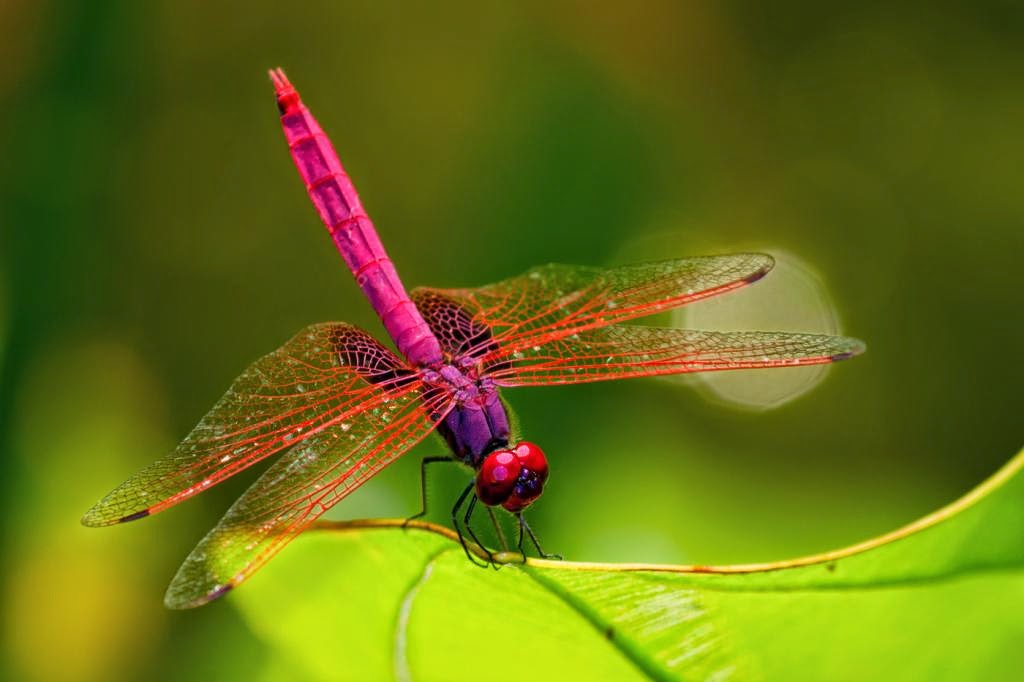WARNING: You could seriously fall in love :-)
#1: Beautiful
nature. Sounds like a cliché, but really…
Croatia is a
stunningly beautiful country to behold. It is a homeland of national, nature
parks and other protected areas • clear blue sea • craggy cliffs • mighty
mountains • hills • valleys • turquoise rivers • waterfalls • all sorts of beaches: rock, sand or pebble;
sea, river or lake; wild, public, thematic… • hundreds of hectares of vineyards
• forests • endless fields • picturesque villages and cities… Furthermore, see
for yourself:
 |
| Central Dalmatia |
.jpg) |
| Slavonia |
Croatia
offers a wealth of diversity in terrain, history, food and culture from
continental part all the way down to the sea. Visiting each region is like
exploring a new little country all together, with each region having its own
unique story to offer. This blog is mostly about Slavonia and Dalmatia regions.
#3: Magical Cultural Heritage
Proportional to its size Croatia is among the countries with the most
protected intangible assets in the world on the Representative List of the
Intangible Cultural Heritage of Humanity. National costumes, songs, dances,
music, instruments, wedding traditions, dishes, handicrafts, customs, carnivals, festivals and events are part of the
exceptional Croatian cultural heritage.
 | |
| Tamburaši (tamburitza players) - Slavonia |
#4: Legends, Stories, Fortresses,
Castles and Really Interesting History
Yes, yes.. The
Game of Thrones scenes were filmed here, e.g. Klis Fortress, but you wouldn't believe how great past
and the characters we have for real. Croatia is the country where Eastern,
Western, Southern and Central European cultures have met and intertwined for the
centuries. Castles and fortresses
are existing witnesses where history,
imagination and spirit of this nation have woven into amazing legends and stories.
 | |
| Omiš Pirates |
 | |
| Fortress of Klis |
#5: Architectural
Heritage
Beside the
Old City of Dubrovnik, a historic complex in Split with Diocletian's Palace,
the historic town of Trogir, the Cathedral of St. James in Šibenik and
Euphrasius' basilica in Poreč, all protected as World Heritage Sites by UNESCO,
Croatia has 340 protected historical entities and a whole range of churches,
chapels, manors and palaces, fortresses, castles, historic buildings and archaeological
sites too.
.jpg) |
| Concatedral of St Peter & St Paul - Osijek |
 |
| St. Peter Church - Omiš |
#6: Food
Dear
foodies, seek no more 'cause Croatia is homeland that you were looking for.
Seriously, it has some great food and you will enjoy your time here. Gastronomic
experience will depend on the part of
the country you are in. E.g. together with Slavonian
Kulen, Soparnik from Omiš, Dalmatian
region
has been recognized as the genuine specialty with the geographical appellation
and it has been listed
as a protected non-material cultural good. Croatian cuisine is definitely
something to write home, blog, status or to tweet about.
 |
| Kulen |
 |
| Soparnik |
#7: Wine and Spirits
Croatia’s
wine making has a long, long history that began around 2200 B.C. It has 64
indigenous grape varieties, 17 000 registered wine growers with vineyards
totaling over 59 000 hectares
and growing grapes for more than 800 wineries. The wine-growing regions of
Croatia are simply marvelous and you have no excuse but to explore and enjoy
them. There is also a great number of local spirits definitely worth trying. You may start your
introduction to the world of Croatian spirits with Orahovica, travarica or šljivovica
which are folk belief to be a natural
remedy for treating high temperature, stomach pains, disinfection…
#8: Activities
Or things to
do. To make a long story short, I shall list a few of the things you can do
here: rafting, sightseeing, zip line, wine tasting, canyoning, climbing,
hiking, trekking, walking, cycling, cooking,swimming, birdwatching, educational
tours, sailing, fishing, boat tours etc. etc. (as I promised to make a long
story short)
 |
| Rafting - Cetina River |
 | |
| Canyoning - Cetina Canyon |
#9: Flora & Fauna
Croatia is
also a home to protected species such as brown bear, dolphins and Mediterranean monk
seal, the griffon vulture, white stork and even the herd of wild horses.
In terms of
the number and variety of species of flora, Croatia is one of the richest
countries in Europe. There is a huge diversity, which in some locations reaches
up to 3000 plant varieties. This is extremely rare, especially on the surface
area of such a small country like Croatia.
#10: People & Lifestyle
Croatians
are merry people, friendly, generous and warm. They are always ready for
gathering with friends and family, song, food, celebrations or just a cup of
coffee that can last for hours. Croatians have a great sense of humor and love
to tell jokes. They are proud and passionate with a strong cultural identity.
You might
not even notice, but Croatians and their country will win your heart.



.jpg)

%2B(Large).jpg)